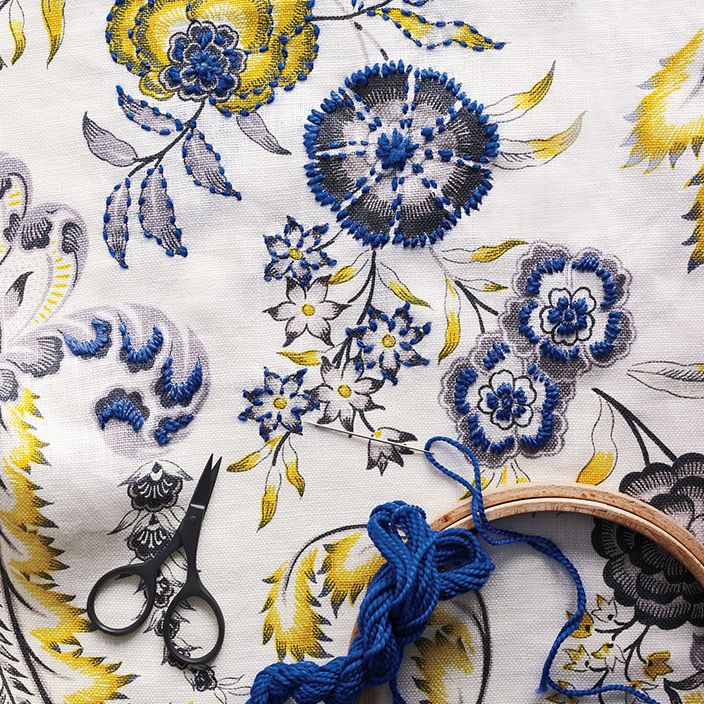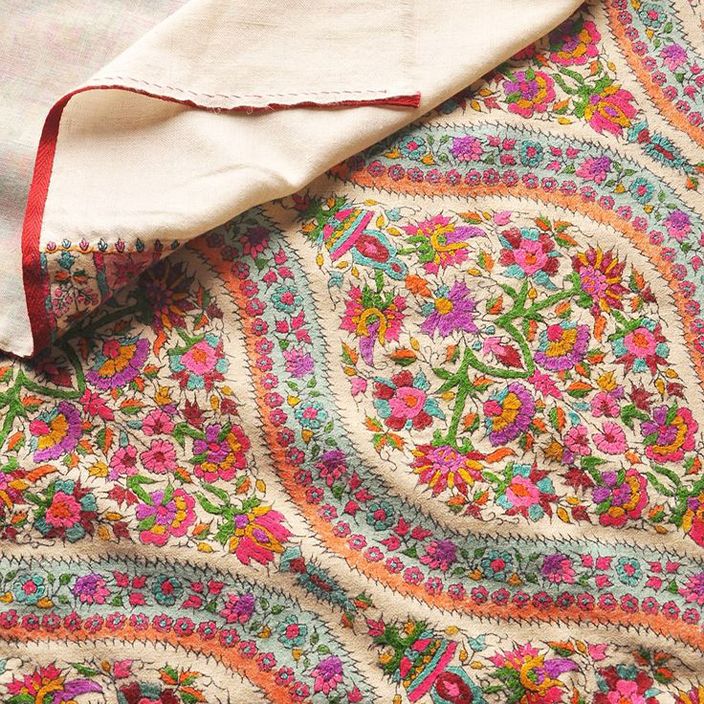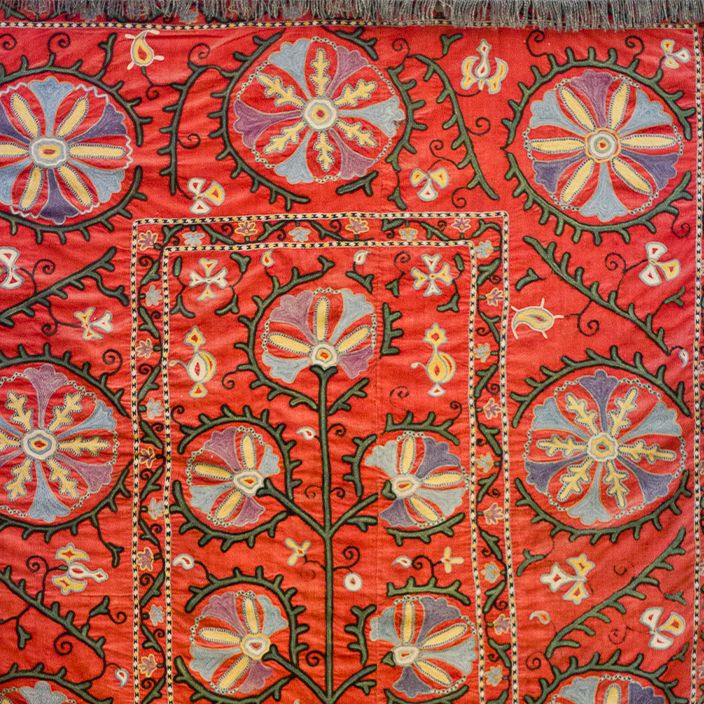For best prices and early deliveries, WhatsApp us at. 918488070070
Kashmir
Luscious greens of tall trees, snow-capped mountains, clear blue skies and beautiful lakes- that’s Kashmir for you; “Heaven on Earth”. Situated in a rather exciting spot on the north-western subcontinent of India, it is surrounded by Pakistan and Afghanistan. The Indian administered part of this region consists of Jammu, Kashmir and Ladakh. The people living here are a blend of diverse cultures and religions. This composite culture of the Hindus, Muslims, Sikhs and Buddhists is called Kashmiriyat. Buddhism and Hinduism's history goes back to ancient India's times, during the Vedic era. The famous tales of Panchatantra is believed to have originated here itself. Then, followed the Islamic invasion of the Shah Mir Dynasty brought along the influence of Persian culture. It is said that the Mughal emperor Akbar built fantastic Persian structures in Kashmir during his reign, which included waterfalls and princely terraces, as this place became his summer retreat. So, it comes as no surprise that the art and cultural heritage of Kashmiri costume is rich, wealthy and enchanting! Be it the fine cashmere Pashmina, the intricate and royal Persian carpets, Kashida hand-embroidered goods or the soothing Sufiana music – Kashmir, with its old-world charm, is a place for the true romantics.
Traditional Kashmiri Clothing
Women
Kashmir, one of India's coldest hill stations, has a market that majorly sells winter clothing. The traditional attires of the Kashmiri women outfits consist of embroidered shawls and kaftans, but the salwar-kameez is a non-negotiable staple. The salwar is the bottom part of the garment, a loose pair of pants that generally comes with a waist string. Worn along with the salwar is the kameez, which is the top. The kameez is usually a long-length tunic with long sleeves and an embroidered yoke or, neckline. A long and loosely stitched cloak, covering the entire body from the shoulder up to the knees, known as a Pheran is an essential addition to the attire. The pheran or phiran is a part of the Persian inventories in Kashmir. The most common embroideries on all the clothing items is called Kashidakari- a local hand embroidery form.
A unique piece of the traditional Kashmir Dresses is the headscarf called Taranga, which makes the Kashmiri attire stand out. This headscarf comes in all colours and is wrapped around the head, only revealing the forehead, which is at times ornamented with jewellery.
Men
For the men, a long kurta and a loose pair of pyjama are the ideal attire for any occasion. This Kashmiri men’s outfit is known as a Khan Dress or, Pathani suit. Often, this is paired with a silk or woollen waist-coat called a Sadri. A pheran is also widely worn by men of all ages. This piece of clothing works as a body warmer. The earlier version of the pheran, which was prevalent till the 19th century, extended to the feel but now, the length has been shortened to the knees.
A headgear is also a part of the Kashmiri men’s traditional attire. This can be in a conical shape or, a classic turban.
Staple Jewellery & Accessories
The presence of unique jewellery in Kashmir’s traditional costume is hard to overlook. These pieces of jewellery are not for the faint-hearted. The designs are intricate and exquisite with the use of semi-precious gemstones and the influence of Afghani and tribal designs. Traditional pieces include the Atta haar- worn mostly by pandit women; this long chain connects one ear to the other, going over the forehead. Beautiful trinkets and charms hang on the forehead, right below the Taranga. Other essential pieces of head jewellery consist of the Jiggni and Tikka, just kinds of the classic maang tikka.
As adornment of the neck, big circular and triangular pendants are popular, suspended from a chain and adjusted with a red or, black tassel. These are either made of silver or gold with gemstones.
On the ears, a Dejihor is worn by married pandit women as a symbol of their marriage. This type of gold jhumka is suspended from long chains hanging from the ear's upper part. In Ladakh, a shoulder ornament is a part of a family’s heritage collection passed on from generation to generation; this is called, a Sondus. Worn on the left shoulder, almost like a brooch, a sondus has long chains connected with pendant-like discs. Other pieces include kadas or bangles and Kanadoor, a big pair of earrings.


